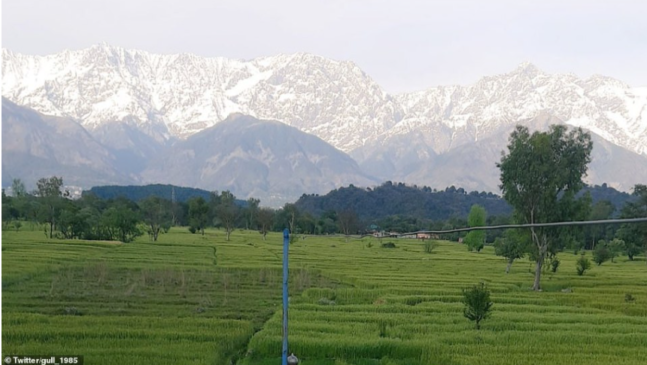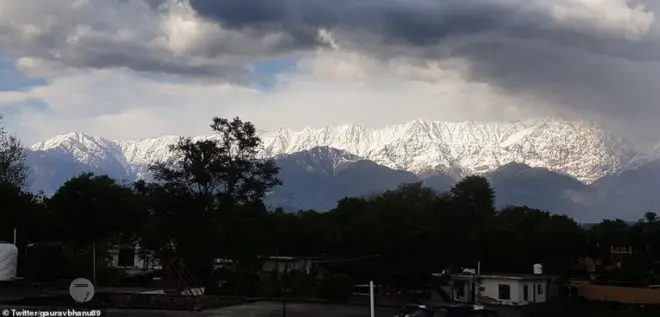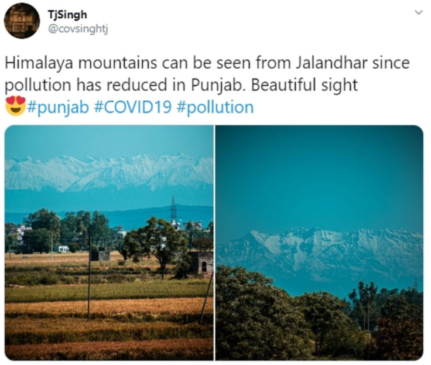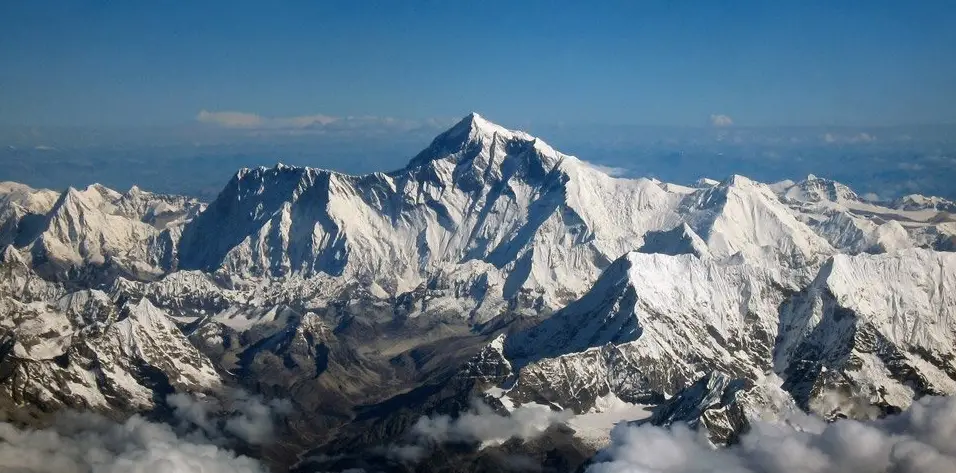The Himalayan mountain range (the name means “home of the snow”) stretches across Asia and is home to the world’s highest peaks, Mount Everest and K2. This mountain massif includes more than 100 mountains that are higher than 7,200 meters.
The main Himalayan range extends from west to east, from the Indus River Valley to the Brahmaputra River Valley, forming a 2,400 – kilometer – long arc that varies in width from 400 to 150 kilometers.

Credits to: healthylifeboxx.com
Some of the world’s major rivers originate in the Himalayas, and along their course, in total, live about 3 billion people in 18 countries (almost half the world’s population). The Himalayas also have a major influence on the culture of South Asia, as many of the peaks are sacred to Hinduism, Buddhism, and Sikhism.
The mountain range itself stretches across five countries: Pakistan, India, China, Bhutan and Nepal. Its creation began about 70 million years ago when the Indo-Australian plate collided with the Eurasian. The Indo-Australian plate is still moving north, leading to an increase in the Himalayas of up to 5 mm per year. The movement of the Indian plate to the north makes the region very seismically active. This mountain range is rich in glaciers and lakes located at altitudes of up to 5000 m, and mountain rivers, merging downstream, form the Indus (Pakistan), Ganges (India), Brahmaputra (India) and Irrawaddy streams.
The Himalayas are a climatic barrier between the tropical-monsoon in India and the continental desert-steppe in Central Asia. The average January temperature on the southern slopes (at an altitude of 2000 m) is 6.5 ° C, and the July 18.5 ° C. Above 4500 m the temperature in the summer months is below 0 ° С. The annual rainfall on the southern slopes is from 3500 mm to 4500 mm, while the northern slopes receive much less rainfall.

Credits to: healthylifeboxx.com
Mountaineers and mountaineering enthusiasts are enticed by this mountain massif throughout the year. They have been preparing for this dangerous adventure for months, because in addition to its beauty, it also has its downside. With its dazzling whiteness it can contribute to permanent blindness in climbers if not properly protected, not to mention that much more serious health problems and even deaths can occur. To date, more than 1,000 mountaineers have been killed while climbing the Himalayas, 300 of them on Mount Everest. Yet despite all these dangers, climbers still do not give up climbing this highest peak. Mount Everest is the highest peak in the Himalayas and in the world, and was named after the chief surveyor at the time who was staying in India (George Everest).
The height of this highest peak was first measured in 1953, and the first people to conquer it were Edmund Hillary and Tenzing Norgay. The first climbs to the highest peaks of the Himalayas were made in the 1950s: Annapurna (8091 m) in 1950, then Mount Everest (8848 m) in 1953, Kanchenjunga I (8598 m) and Makalu II (8481 m) in 1955 and Lhotse I (8511 m) in 1956.



